6 NYC Sites Connected to the Titanic Disaster of 1912
Uncover memorials and historic buildings in New York City tied to the tragic sinking of the Titanic.


Seaview Hospital was once the largest tuberculosis sanatorium in the country, now listed on the U.S. National Register of Historic Places and is also a U.S. Historic District and New York City landmark. The historic district, which was developed next to the Staten Island Farm Colony, includes 37 buildings planned and developed between 1905 and 1938. The NYC.gov website for the Sea View Hospital Rehabilitation Center & Home gives no indication of the surrounding abandonment, but indeed a few organizations have returned to operate from within the grounds, including a rehab center, volunteer firefighting organization and volunteer ambulance service. The photographic team of f/11 recently took a visit inside the crumbling remains of the Children’s Hospital at Seaview, as well as the underground tunnels beneath the main building, and shared with us their photos.

Photo by __macgyver
Designed by Raymond F. Allmiral, the architecture and layout of Seaview Hospital reflected the latest in thought about the treatment of tuberculosis, including light, cross-ventilation, access to the outdoors, and thought towards medical operational efficiency. It is thought, according to the Landmarks Preservation Commission report, that the firm of Renwick, Aspinall & Owen (the successor firm to that of James Renwick, who also designed the crumbling landmarked smallpox hospital on Roosevelt Island), also influenced the design. At its opening, The New York Times declared it “the largest and finest hospital ever built for the care and treatment of those who suffer from tuberculosis in any form.”

Photo by @nativenyc
Either way, it was a time before a cure for tuberculosis had been discovered, but after the the cause of the disease was identified and its contagiousness confirmed–at which point patients in New York City were moved off of floating hospital barges, which served only as day time treatment facilities. In 1900, there were estimated 30,000 people afflicted with tuberculosis in New York City, two-thirds of which came from the urban poor.
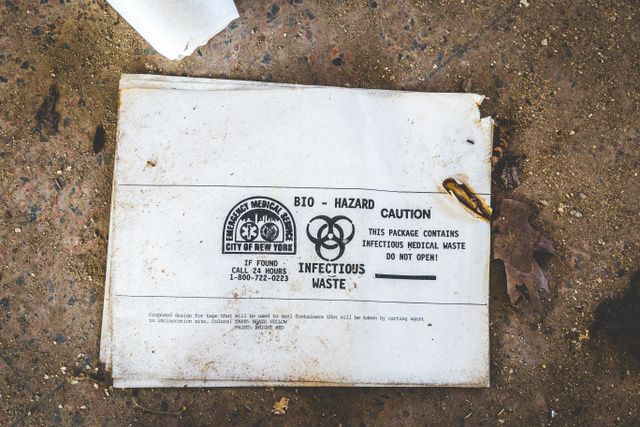
Photo by @nativenyc
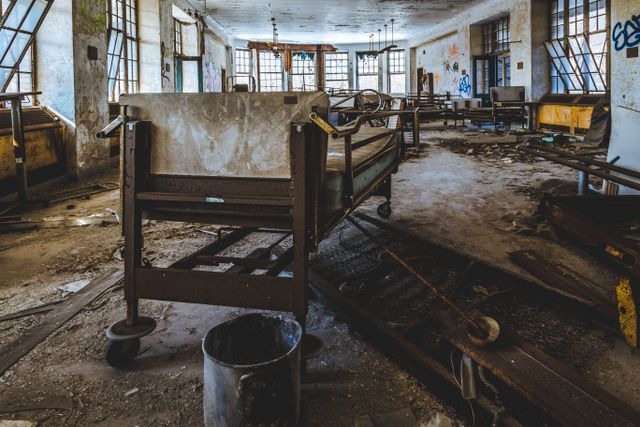
Photo by @nativenyc

Photo by __macgyver
The first buildings of the Staten Island Farm Colony were opened in 1909 and by 1915 the colony had merged with Seaview Hospital, collectively known as Seaview Farms. The LPC report surmises that this merge “probably resulted in improved services for the Farm Colony residents.” Seaview Hospital was built atop the former 25-acre hilltop estate of Charles Schmidt, which was known as “Ocean View.” According to the Commissioner of Public Charities at the time, the site was selected:
not only [to] meet the requirements of an adequate and healthy site, such as protection by rising ground and woodland from the north, northeast and northwest, good natural drainage with consequent warm soil, extended and diversified views for the distraction of patients – but one that would be easily accessible in the sense of transportation of patients with minimum risk and discomfort to the patients and the community at large; accessible in the sense of proximity,’ thereby permitting the visiting of friends with the minimum expense of time and money. It further became evident that the site should be one providing the surroundings of the country, naturally protected from encroachment by the growth of the City, permitting of ground extension at reasonable cost and removed from unpleasant and unattractive associations whether, sentimental or actual.
This quote itself has embedded so many of the treatment theories of the time and has direct consequence as to why the site was later abandoned.
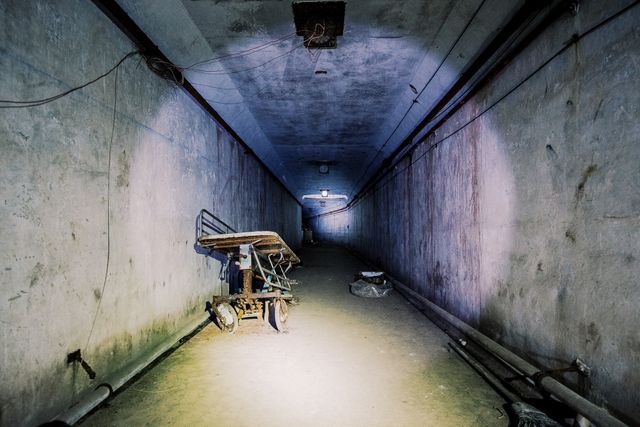
Photo by __macgyver
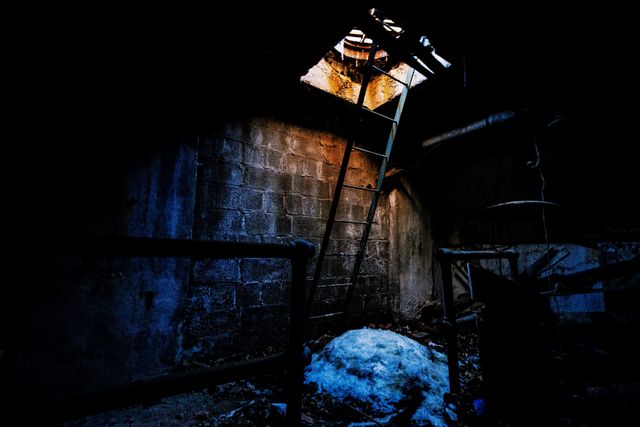
Photo by __macgyver
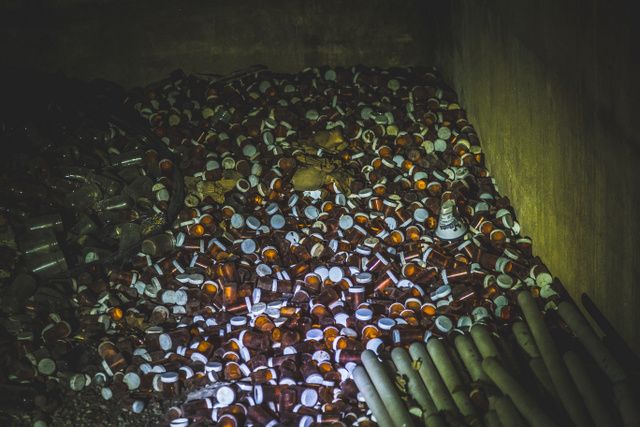
Photo by @nativenyc

Photo by @jen.yc
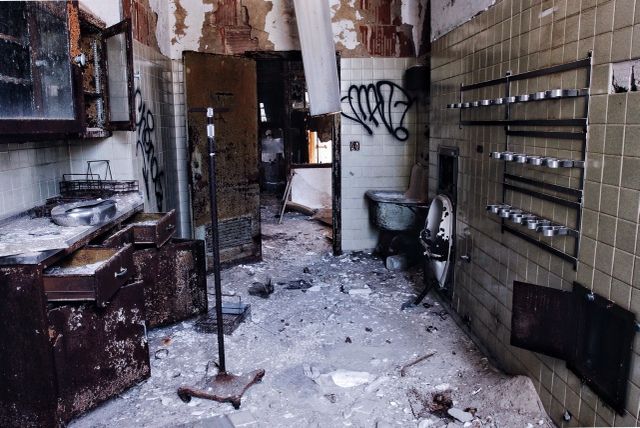
Photo by @jen.yc

Photo by @jen.yc

Photo by @jen.yc

Photo by @jen.yc

Photo by @jen.yc
Subscribe to our newsletter